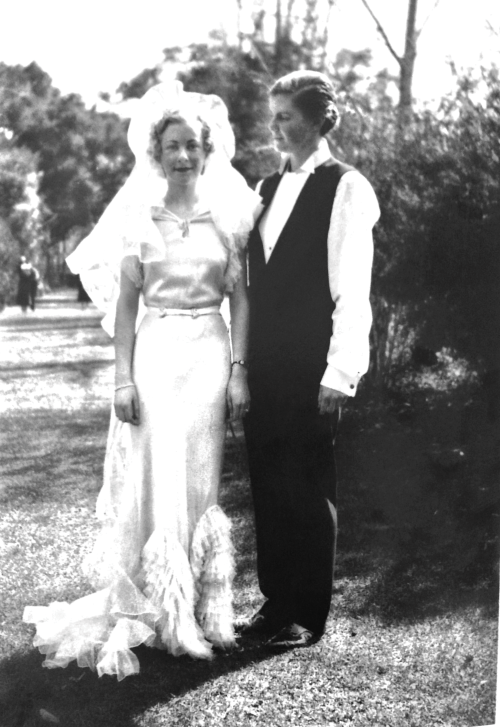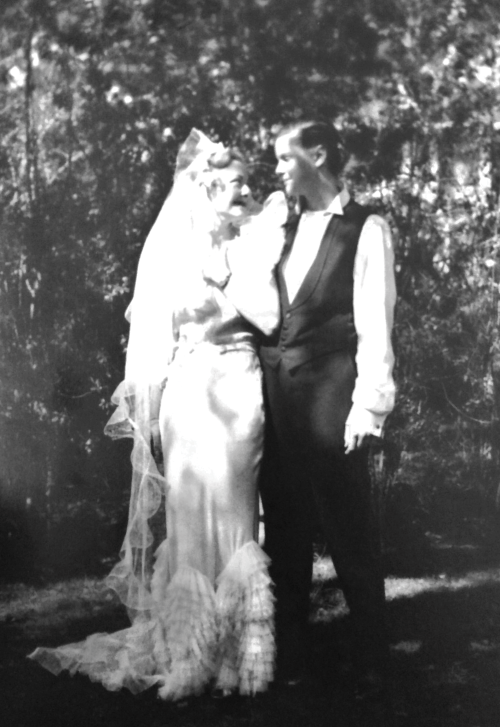iredreamer:«I came upon a family photo album belonging to two ladies. They were Kodachromes fr
iredreamer:«I came upon a family photo album belonging to two ladies. They were Kodachromes from the 1960s. The images weren’t extraordinary in any way, but I was quickly drawn to a detail. I was unable to discern the nature of the relationship between these two women: were they two sisters, two friends, or two lovers? I asked the dealer if he had other albums, and miraculously, he pulled out ten others that were vegetating in old boxes. I bought them all and returned home to begin a kind of investigation inside the albums. Very quickly, I understood that these two women were a couple. Many of the images showed them intertwined, hand in hand, loving eyes. What astonished me was that their middle-class appearance didn’t match the act: the act of producing an image of homosexual love at a time when discretion was the norm. Because to obtain these images, they had to have gone to a small neighborhood photo lab to develop the film and then go back to pick up the prints. They, therefore, had to run the risk of exposing themselves socially. The need to keep a memory of their love was certainly stronger than the disapproval of some business or any concerns about what others might say. Later, I found many other anonymous images with traces of intimate homosexuality. Every time, there were the same testimonies of freedom and happiness. With each discovery, I was stunned, for these images didn’t match the official history of homosexuality as it had been conveyed to us.» [Sébastien Lifshitz, The Invisibles: Vintage Portraits of Love and Pride] -- source link
Tumblr Blog : iredreamer.tumblr.com

